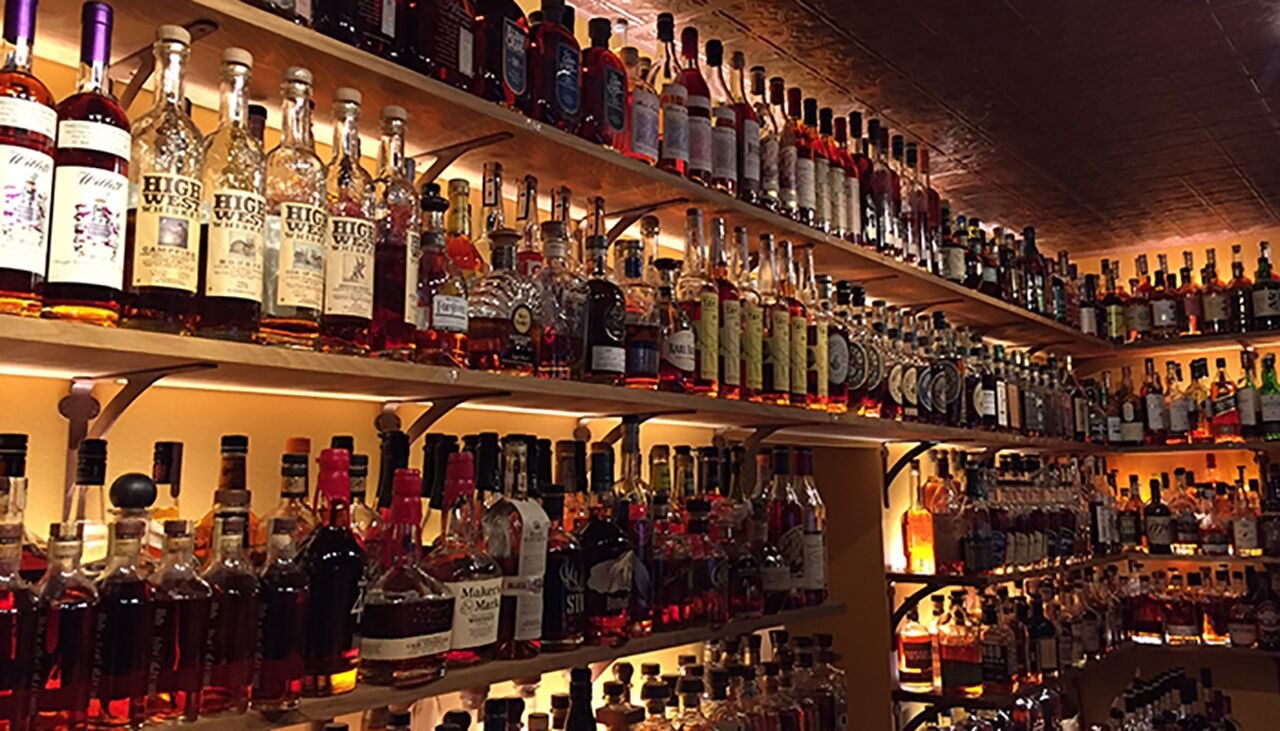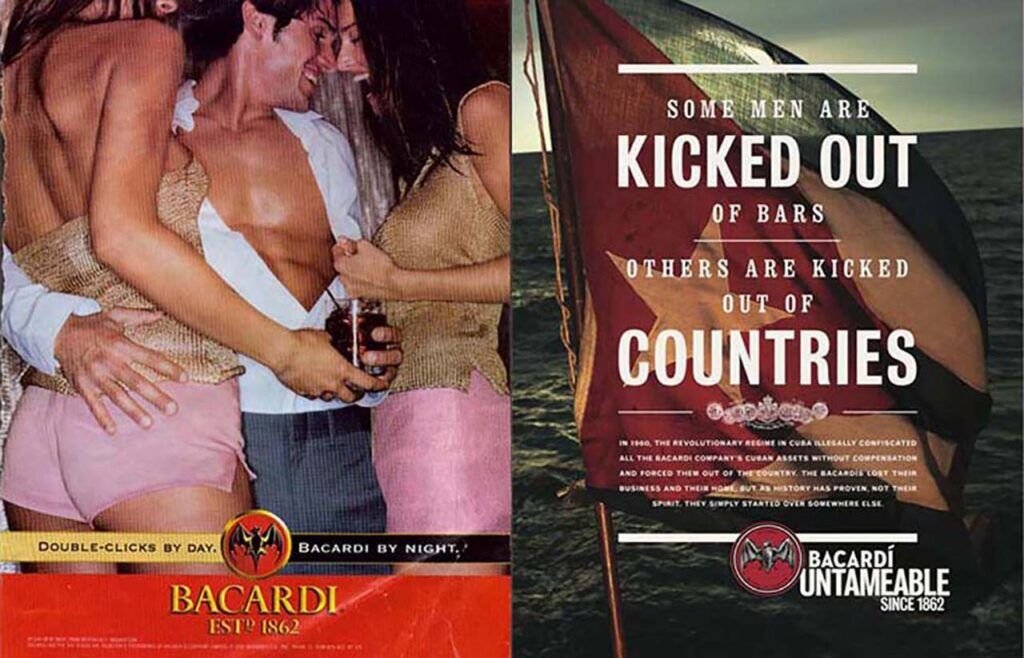The Truth About Spirits
In today’s quickly growing and highly competitive brown spirits (bourbons & whiskeys) market, the need for a strong point of difference is more important than ever. Having spent almost 10 years of my career within the spirits industry, creating new products and brands for some of the world’s most innovative spirits companies, I learned about the power of the story to communicate and differentiate. More often than not, the difference between standing out or getting lost in a sea of brown liquid relies heavily on the brand’s ability to tell its story …one hell of a good story, and a credible one too. Whether you’re talking about the ingredients in your mash bill, the char of your barrels, or the optimal row of your rackhouse, people are paying attention to what you are saying and fact checking it too.
Bourbons are all made of water and grains, and they all spend some time in an oak barrel. All come in a glass bottle, and depending on their proof, make you feel better (and sometimes worse). In most cases there are extremely strict standards of identity that define what a type of whiskey is and can be. For example, to advertise or label a spirit as “bourbon” it must be produced in the United States, made from a grain mixture that is at least 51% corn, aged in new, charred oak barrels, distilled to no more than 160 proof, put into the barrel at no more than 125 proof, and bottled at 80 proof or more.
Additionally, with regulations across all whiskey types (Bourbon, Scotch, American, Japanese, etc.), whiskies are basically the same thing with only nuanced, regulated differences. Sure, they all taste a bit different (although many share exactly the same ingredients), the bottles and labels change, and of course the cost spectrum is as broad as it gets. From the humble and drinkable Old Crow Kentucky Straight Bourbon Whiskey for $8.99, to the extreme, and might I add blended – The Macallan “M” for a whopping $628,205*. Spending 75 years in a barrel does account for something, plus 17 craftsmen working for 50 hours each just to make one bottle is noteworthy, but all the warehousing, accumulated taxes, and hours of craftsmanship could never amount to that price.
Photo Credit(s): PRNewswire
But, what else can influence the spirit buyer’s decision?
If you’re thinking, supply and demand equals exclusivity, you’re onto something. And, if you go a little deeper into the reason for a lack of supply (let’s call this The Story), then you can begin to understand the “why” behind demand. Of course, that can tell us a lot about why some people spend the equivalent of a nice house for 750mL of a liquid – some people just need to be the ‘only one’. This exists in a lot of categories and is pretty easy to get our heads around. Think Italian cars – low build numbers + lost handmade parts = costs more than a Toyota.
As luck would have it, I am fortunate to live within two blocks of Newberry’s Prohibition Bar in Newport, Kentucky. Newberry’s was recently recognized as having the largest whisk(e)y collection in the world. They have over 1000 different types of brown distilled juice; ranging from the hard to find and beautifully crafted Hibiki (from the mountains of Japan), to the Kentucky standards, like Old Grand Dad (one of my personal favorites). Needless to say, Bourbon is a big deal in the Commonwealth of Kentucky, and a bar that essentially “has it all”, makes it even more special to the Bourbon faithful and social experimenter alike. Sure everyone has their own personal favorite, or has a whiskey they have some sort of history with (first or second hand), but what is interesting to me is what compels patrons to experiment … to cast a line … to try something new.
Having spent a few evenings sitting at the bar enjoying a distilled spirit, I noticed a common theme between the well-versed and novice patrons – their desire to hear a story, or to tell a story about a brand or a certain product that lives on the shelf in front of them. They may have a historical anecdote about Elijah Craig being the first Bourbon maker, or something to say about the high wheat content of Maker’s Mark. They talk about how the Islay weather of Scotland makes Laphroaig taste more “peaty”, or someone else interjects about the merits of Nikka’s Coffey stills vs. modern column stills. The simple fact is this – these seemingly small stories are the backbone of a brand’s point-of-difference.
Laphroaig Distillery: Isle of Islay, Scotland
In the spirits industry, the rules of story and authenticity are certainly most prevalent in the whiskey category – brands are not just created, they are often resurrected for their historical significance. Take Bulleit for example; a brand that was discontinued in the 1860’s and was brought back to life in 1999 by Seagram’s. Sure, Seagram’s probably could have created a new brand to sell bourbon, but what story would they have told?
Photo Credit(s): Bulleit Bourbon Frontier Whiskey Commercial
In the bourbon world, one of the most waxed tales of lore is that of Pappy Van Winkle, and more specifically the 20 Year Family Reserve. Whether the patrons are debating the validity of the 2013 bottling being the end of the old Stitzel-Weller distillery bourbons, and with that the end of an era, or that production is being reduced for fear of profile changes and thus a lack of desire, or speculate about what has become of the ‘missing cases’, one thing is for sure – people love to talk about this brand and spread its story to anyone that will listen. A good story about a brand’s unique history will go a long way in terms of marketing, but it can also have a massive halo-effect in the way that it reflects a brand’s ethos. For the The Old Rip Van Winkle brand, its collection of stories and lore has created a demand that warrants early morning lines outside liquor stores for its new releases, and even a lucrative black market industry for its used bottles.
Photo Credit(s): Old Rip Van Winkle Distillery’s spirits; Capital Gazette
Even outside of whiskey, one can see the need for stories and authenticity. The rum category was once the great bastion of frou-frou drinks or getting wasted (fast). Now, many of these brands, like Bacardi, have shifted their focus to heritage and their place in our collective culture. Vodka, a category typically known for it’s over-saturation of flavors and club-like persona, has also shifted to more meaningful ingredient and process stories, or staking claim to their rightful place in history, which dates back to medieval times. Stolichnaya, or Stoli to its friends, is a brand that has been capitalizing on both – leveraging its 80 years of craft while highlighting the select ingredients & sophisticated flavor inclusions. This is a stark contrast to the soda-pop & cotton candy approach of the big flavored vodka producers, thus creating a point of differentiation for Stoli that its drinkers can trust, and more importantly, spread via story.
Bacardi’s older advertising (LEFT) vs. newer campaign (RIGHT)
In today’s brand new world, where we leave behind the old world of marketing messages aimed at consumers, in favor of creating conversations with them, we can take a lesson or two from the spirits category. Conversations exist and thrive in an environment of interest and honesty. If you have an interesting story to share, that audiences will connect with and believe in, then the platform for trust & advocacy exists. Once a bond is formed, and values are shared, a brand can easily rely on their audience to spread the word; retelling their stories to others, and others, and so on. Regardless of your business, look into your brand’s history and present. Consider what your audiences would like to know about you or to share in, and become a storyteller. You’ll be surprised how far a good story can go, and how well it can shape your brand’s future.
Take a stand, find your story, and start standing out.
Mike Skrzelowski
Educated in Graphic Design at The Pratt Institute, Mike is a second-generation Designer, and spent much of his youth in his father’s studios learning the craft of Design. Mike and his wife are avid animal lovers who contribute to a a dog rescue on the island of Bali, Indonesia. When he's not keeping up with the family "zoo", or leading design at Coho, or helping his wife run their Yoga studios, he can be found on-the-go with his skateboard or race car at the track.









